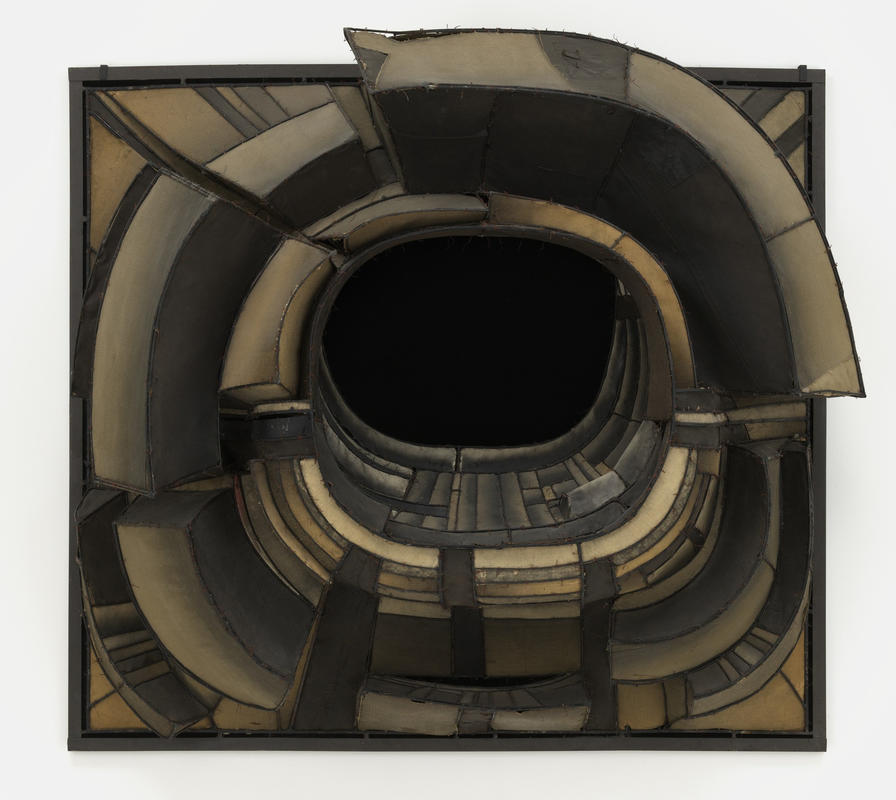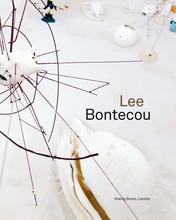More about Untitled
- All
- Info
- Shop

Sr. Contributor
You know what they always say: one man’s trash is another (wo)man’s treasure.
Like many people who go dumpster-diving for food that’s “totally fine I, swear – they just throw out all this great stuff all the time,” Lee Bontecou liked to go dumpster diving for “pre-loved” art materials. Lucky for her, she didn’t even have to search for a Whole Foods that throws out day-old, organic bread. Bontecou lived in an apartment in New York’s then-sketchy but now-trendy East Village that was conveniently located above a laundromat whose owners would foolishly throw out pieces of canvas just because it got a little dirty.
As an innovative artist of the 1960s, Bontecou salvaged these canvas remnants to use in her art. However, Bontecou used canvas in a way that other artists were not. Instead of painting on the canvas in the traditional method, she used the canvas to actually make sculptures, giving this material life in a totally new way. Bontecou was a woman who wasn’t afraid to get her hands dirty. As with many sculptures similar to this one, she welded pieces of metal into crazy, three-dimensional forms that projected outward from an initial, painting-style canvas (shaped in a rectangle and hanging on the wall) and attached her beloved recycled canvas pieces to these steel structures.
The end result is something that looks like a painting that reaches out to you, but what’s actually reaching out is the dark, black void that is the hollow inside of Bontecou’s sculpture. It’s pretty hard to not be entranced by this thing when viewing it in person. The utter emptiness of the void is enough to make any happy-go-lucky museum-goer feel some type of way – that way mostly being sad and hopeless.
Whenever anyone brings up the '60s, it’s all peace and love, hippies and Woodstock, radical times and tie-dyed anything. Although made in the very early '60s, this piece refuses all of that nonsense. Made in the spirit of the messed up part of the 60s (as America was still bent on crushing Communism in both Cuba and Vietnam and using great shows of force to do so), Bontecou urges us to stare into the abyss and reflect on the darkness that shrouded both America and the world during this time.
Sources
- Museum of Modern Art. “Additional Text.” Lee Bontecou: Untitled, 1961. 2016. https://www.moma.org/collection/works/81442?locale=en.
- Museum of Modern Art. “Lee Bontecou. Untitled. 1961.” MoMAMultimedia. 2010. https://www.moma.org/explore/multimedia/audios/371/5381.
- Museum of Modern Art. MoMA Highlights: 350 Works from The Museum of Modern Art, New York. Edited by Harriet Schoenholz Bee, Cassandra Heliczer, and Sarah McFadden. New York: Museum of Modern Art, 2014.












